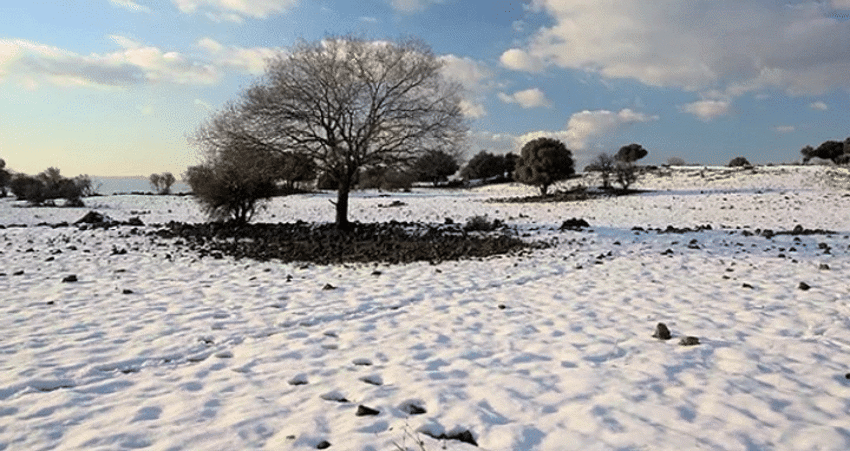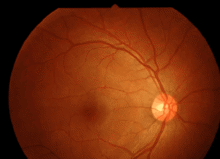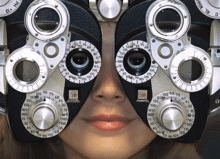Snow blindness (photokeratitis) – How to avoid sunburnt eyes
If you are planning on speeding down the slopes, have you taken the time to look into the precautions you need against a dangerous combination of sun and snow?

Being up in the mountains, where the air is that much cooler, can lead to a false sense of security. You might not feel that the conditions require eye protection but the higher the altitude, the greater the ultraviolet (UV) radiation, because there is less atmosphere to block the harmful rays of the sun. That means it’s always worth ensuring you’re wearing your goggles, polarised lenses, or at the very least, a pair of UV-protective sunglasses.
We all wear our sunglasses and slap on the sunscreen in the summer but when it comes to ski trips it’s easy to forget to protect ourselves against the harsh effects of a snow and sun combination.
Snow-Blindness
Spending a long time in the snow can cause you to succumb to snow-blindness, a condition caused by failing to use adequately protective eye-wear in the high ultraviolet (UV) light conditions.
Photokeratitis (or snow-blindness) typically occurs at high altitudes on highly-reflective snowfields. Symptoms include painful, watering red eyes, swollen eyelids, sensitivity to light, and reduced vision caused by damage to the cornea. In short, it’s not very fun.
If you think you may be suffering from photokeratitis, we recommend that you visit a local optician immediately. Dark sunglasses and avoidance of bright light will help to make your eyes more comfortable.
Remember to stay safe and always wear the correct eyewear.

Search for a local optician
Discover quality frames and personalised fitting service at your local independent optician.
Related articles





